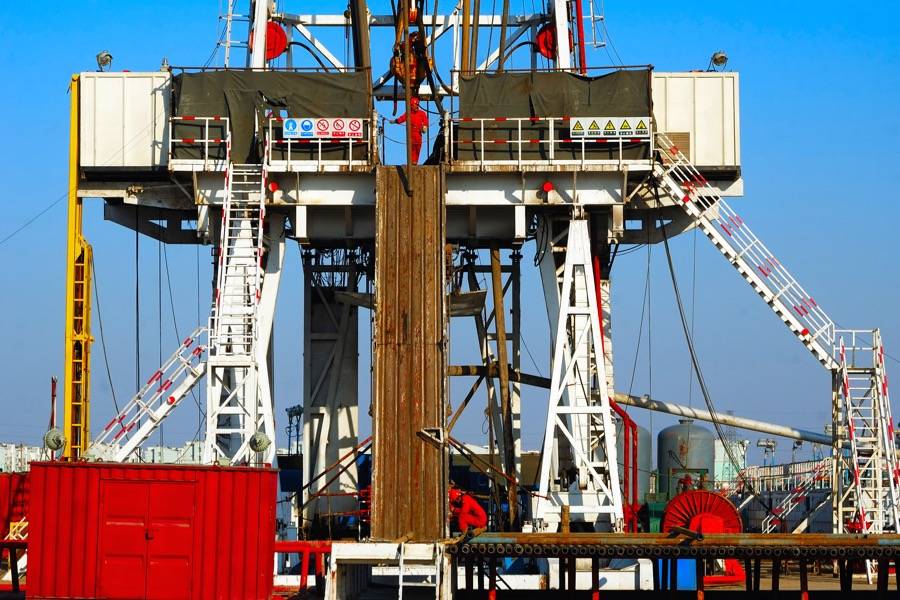A workable stripper well definition?
Just as with many topics in the oil and gas industry, two people might have slightly different definitions and both be correct. Topics such as water depth cut offs, or ways of measuring reserves come to mind.
With a bit of research, we’ve tried to find a good definition and set of parameters that most could agree on. Since the topic is based on well economics, the answers will be different between operators, or in different countries based on cost structure and feasibility.
What’s a stripper well?
It makes sense to define terms for clarity, we define a stripper well as:
A well that is still in operation, but towards the end of its working life, since being marginally viable from a financial point of view. In figures, an oil stripper well will produce up to 10-15 barrels per day averaged over a 12 month period. An equivalent gas well would produce a maximum of 60-90 Mcf per day.
These tend to be wells that have gradually produced less hydrocarbons as they’ve aged, although not necessarily, as newer wells can vary in flow rate. A stripper well might be seen differently in countries where costs are very low such as in developing countries where labour is cheaper, or places where gas prices might be higher such as in the UK.
A stripper well seems to be defined by it’s flow rate, this is the definition put forward by the National Stripper Well Association in the US:
For tax purposes, a stripper well is defined as any oil or natural gas well property whose maximum daily average oil production does not exceed 15 bbls of oil, or any natural gas well whose maximum daily average gas production does not exceed 90 Mcf, per day, during any 12-month consecutive time period. Often used interchangeably with the term “marginal well” although they are not the same thing.
Is a marginal well and a stripper well the same thing?
Sometimes it can seen that the 2 terms ‘marginal well’, and ‘stripper well’ are used interchangeably, but they’re not necessarily the same thing.
A marginal well definition is all about economic viability, whether the extraction of oil and gas is profitable. We know that revenue minus expenses equals profit, a marginal well is only just profitable. If it were deemed unprofitable for the foreseeable future, then it would be shut in and abandoned.
To define a particular well as marginal will depend on oil prices, and the cost of production, unlike a stripper well that has a definite output attached. Stripper wells tend to be marginal wells since they don’t produce enough to turn a large profit. A marginal well might not be a stripper well however…
A marginal well might produce 2, 3 or even 100 times the amount or oil or gas than a stripper well. If oil and gas prices are low by a historic standpoint, and the costs of production and transportation are high, much larger wells could still be marginal in terms of profitability.
At what point do stripper, or marginal wells get decommissioned?
The economics of a well will vary from operator to operator, and country to country. With uncertainty about future oil and gas prices, the decision to close a well has serious financial implications.
A stripper well could continue to produce at a low flow rate for years, and still make money. In fact, in the US, 10-20% of all oil production comes from stripper wells, hundreds of thousands of them. If a well were to be shut in prematurely, the well would be lost, since it would be unprofitable to workover and re-open such a low producing well. Many small operations only have stripper wells, and a good living is made. When oil prices slump, a stripper well can be temporarily unprofitable, but still have a good longer-term profitability.
The situation is just as complicated for marginal wells. Imagine a marginal well that has a break-even point when oil prices are at $60 per barrel. If oil went from $62 to $64 then the same well becomes literally twice as profitable. For a stripper well, this would make little difference, but for a much larger marginal well, this could create a lot of extra profit over time.
Other factors that can influence the numbers:
To illustrate that although numbers can be put on these definitions, the reality is far more complicated. Here is a list of possible factors that will affect profitability:
- A low producing well could be fraced or refraced, then the flow could increase substantially.
- New infrastructure such as a closer pipeline, processing plant or a gas compressor could make a marginal well much more profitable.
- Oil and gas prices boom, perhaps even doubling, tripling or more as we’ve seen so many times in the past.
- Well recompletion and/or gas injection could increase flow meaning a stripper well becomes too big for the definition.
- Whether a well is particularly flooded with high levels of water influx (connate), which increases separation costs and is harder to work with.









It’s interesting to know about different kinds of wells. It makes sense that stripper wells would be defined by their flow rate! Knowing how fast a pump can pump would be very important.